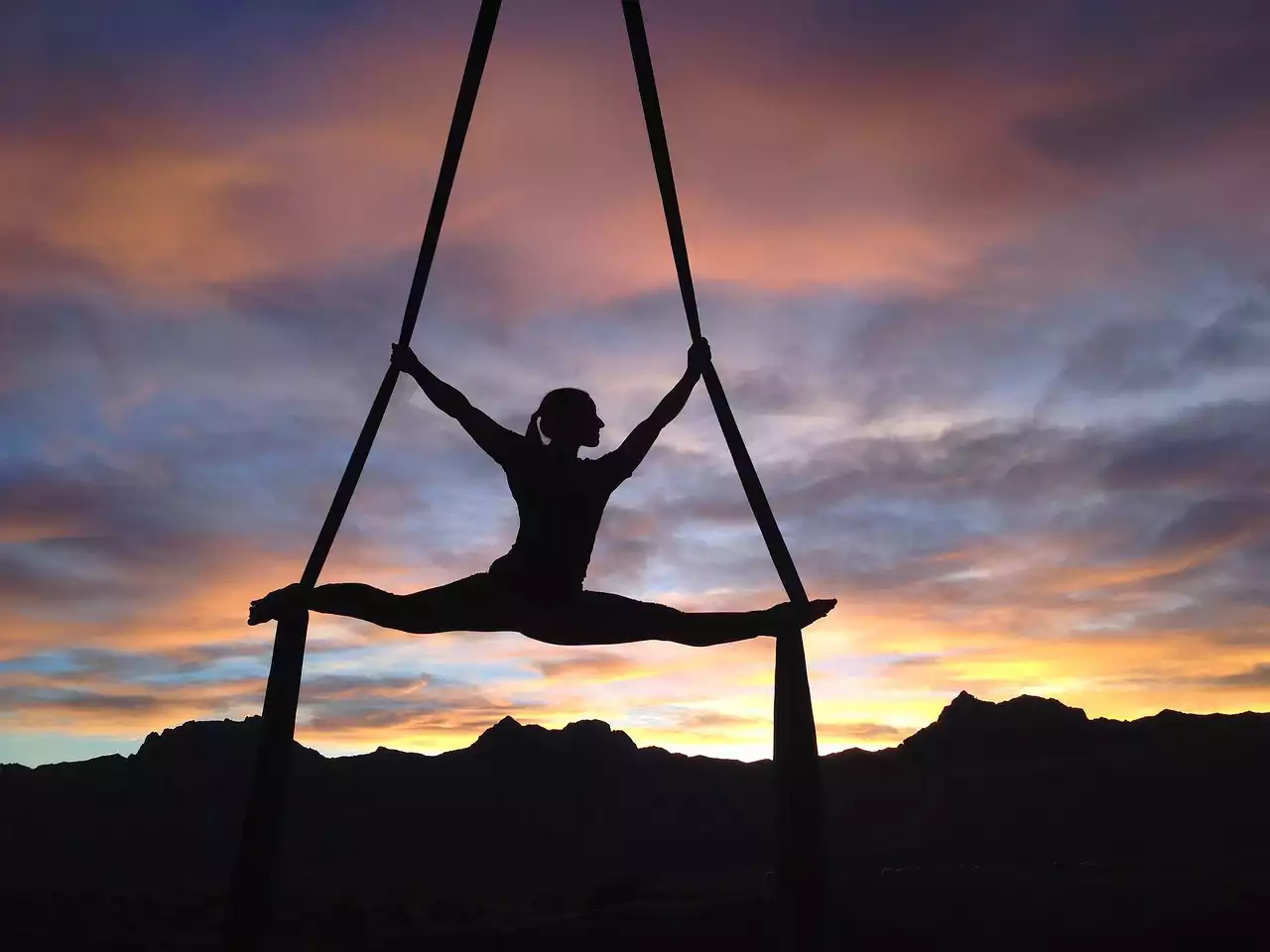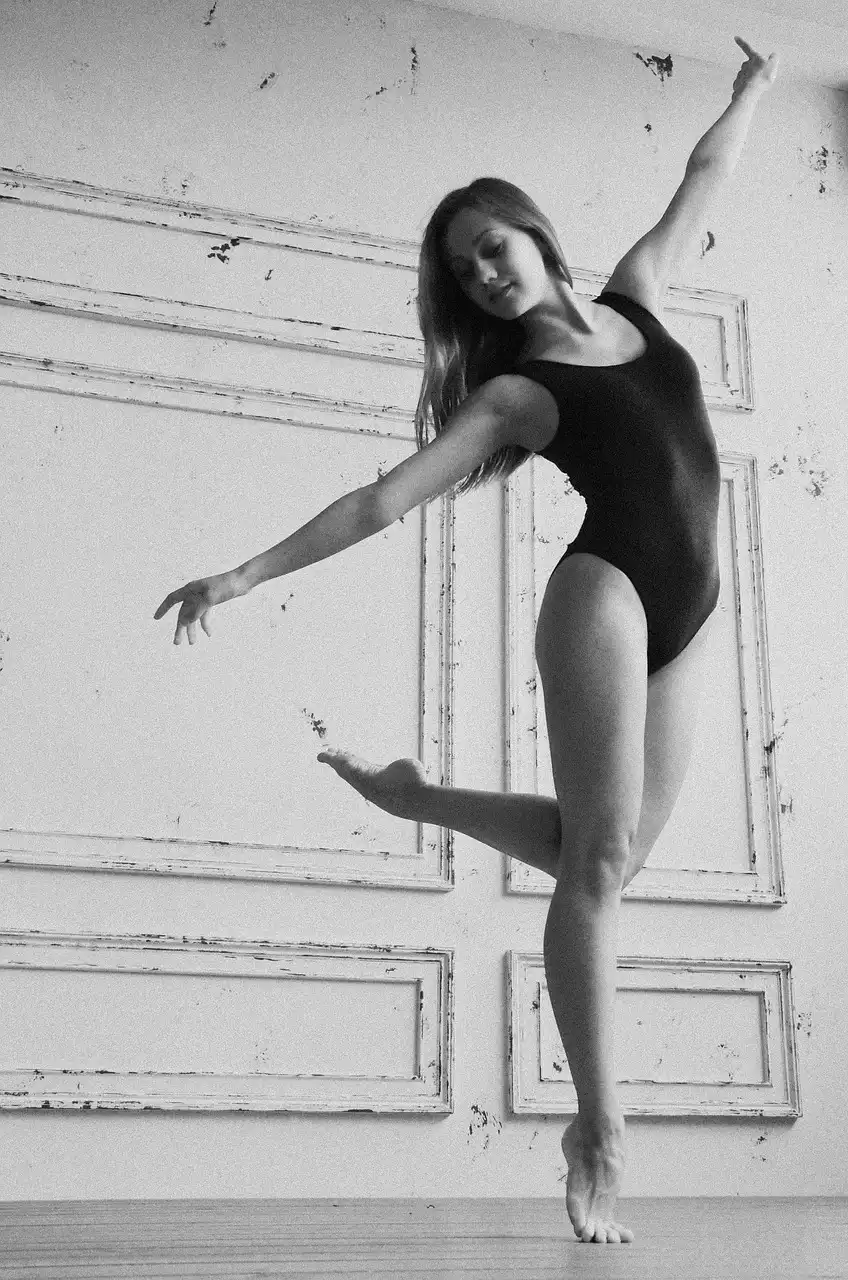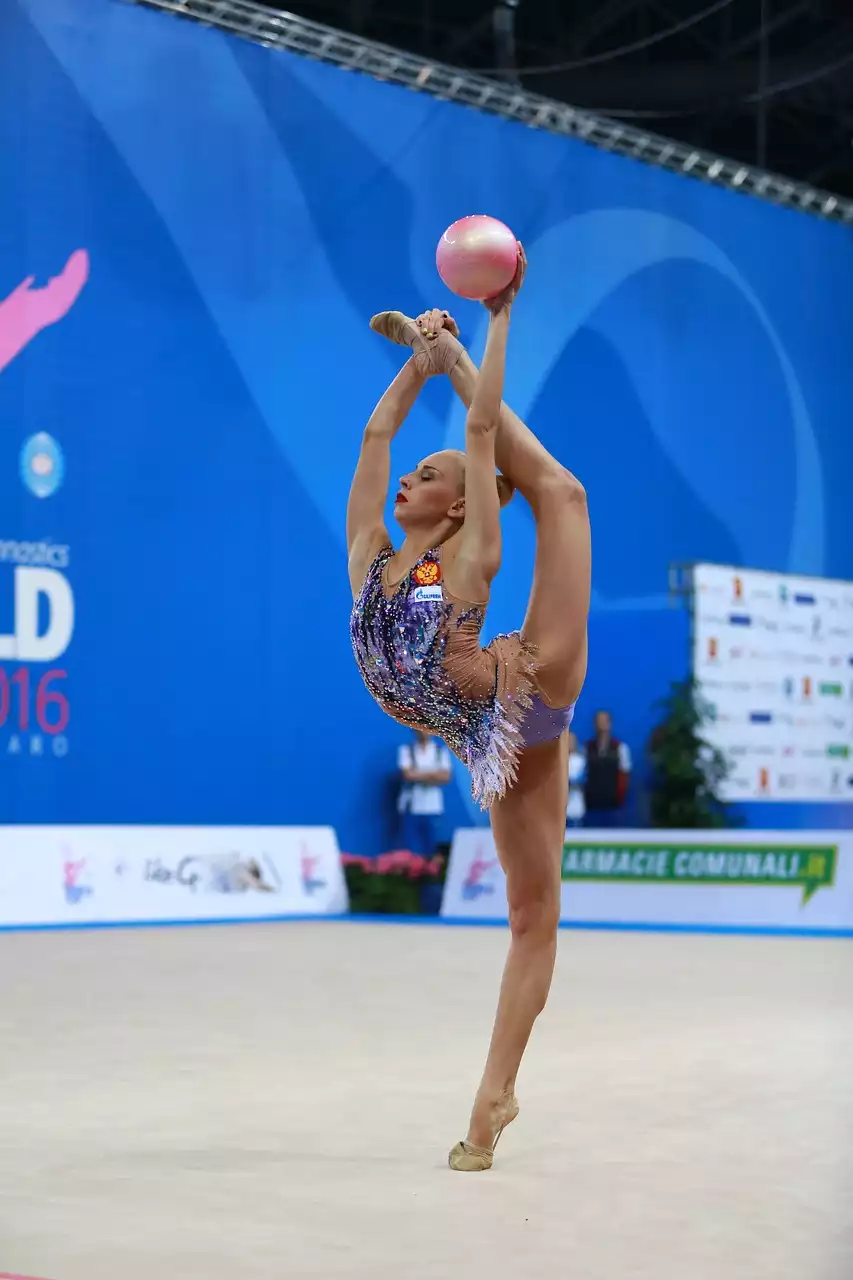Overview of the Growth of Gymnastics Around the World
Gymnastics has seen a dramatic increase in popularity over the past few decades. In the United States, gymnastics is one of the most popular sports among young people and adults alike. Additionally, it has been gaining in popularity in other countries as well, such as China, Russia, and Brazil. The growth of gymnastics can be attributed to several factors, including the increasing availability of gyms and training facilities, the growing popularity of the sport as an Olympic event, and the increasing number of media outlets that cover the sport.
The growth of gymnastics has also been aided by the increasing number of international competitions, such as the World Championships and the Olympic Games. These competitions have helped to bring the sport to a wider audience, as well as providing a platform for gymnasts from around the world to compete against each other and show off their skills. The increased visibility of the sport has also helped to draw in more athletes, as well as more fans and spectators.
Finally, the growth of gymnastics can also be attributed to the increasing number of countries that have adopted the sport as a national pastime. While gymnastics has traditionally been viewed as a European sport, it has been embraced by countries such as China, Japan, and India in recent years. This has helped to bring the sport to a wider audience and has also provided a platform for international competition.
Cultural Influence on Gymnastics
The growth of gymnastics around the world has been heavily influenced by the cultures of the countries in which it is practiced. Each country has its unique style of gymnastics, which is a reflection of the culture, history, and values of the country in which it is practiced. For example, in China, gymnastics is heavily influenced by traditional martial arts, with an emphasis on flexibility and agility. In Russia, gymnastics is more focused on strength and power, while in Japan, gymnastics is often seen as a form of artistic expression.
Additionally, the culture of a country can also influence the way that gymnastics is taught and practiced. In some countries, gymnastics is viewed as a competitive sport, while in others it is seen as an art form. This can lead to different approaches to the sport, with different priorities and goals.
Finally, the culture of a country can also influence the way that gymnastics is viewed by the public. In some countries, gymnastics is seen as a prestigious sport, while in others it is seen as a recreational activity. This can lead to different levels of public interest in the sport, as well as different levels of support for gymnasts and coaches.
Impact of Gymnastics on Global Cultures
The growth of gymnastics around the world has had a significant impact on global cultures. In many countries, gymnastics has become an important part of the national identity, and it is often used to express cultural values and beliefs. It can also be used to celebrate important events and holidays, such as the Olympic Games.
Additionally, gymnastics has had a positive impact on the physical and mental health of many people around the world. Through gymnastics, many people have gained access to physical activity, which can lead to improved health, fitness, and overall well-being. Additionally, gymnastics can also be used as a form of self-expression and creative outlet, which can have a positive effect on mental health.
Finally, gymnastics has also had a positive impact on the global economy. Gymnastics is an important source of revenue for many countries, as it attracts spectators and tourists from around the world. Additionally, the growth of gymnastics can lead to increased investment in the sport, which can lead to the development of new facilities and training centers, which can create jobs and improve the economy of a country.
Gymnastics in Different Countries
Gymnastics is practiced in many different countries around the world. In some countries, such as the United States and Russia, gymnastics is a popular competitive sport, while in others, such as Japan and India, it is seen more as an art form. Additionally, different countries have different rules and regulations for gymnastics competitions, as well as different levels of support for the sport.
Additionally, different countries have different styles of gymnastics. In some countries, such as Russia and China, the focus is on strength and power, while in others, such as Japan and India, the focus is on flexibility and agility. Additionally, some countries, such as the United States, have developed their unique style of gymnastics, which combines elements of both strength and flexibility.
Different Styles of Gymnastics
Gymnastics is a highly diverse sport, with many different styles and disciplines. In some countries, such as the United States, gymnastics is divided into two main categories: artistic and rhythmic. Artistic gymnastics focuses on strength and power, as well as the artistry of the movements, while rhythmic gymnastics focuses on flexibility and grace. Additionally, there are also other disciplines, such as trampoline and tumbling, which focus on acrobatics and aerial maneuvers.
Additionally, different countries have developed their unique styles of gymnastics. For example, in Russia, the focus is on strength and power, while in Japan, the focus is on flexibility and grace. In some countries, such as China, a combination of both strength and flexibility is used.
The Role of Coaches in Gymnastics
The role of coaches in gymnastics is an important one. Coaches help to prepare athletes for competition, develop their skills, and ensure that they are performing at their best. Additionally, coaches can also help to motivate athletes and provide them with support and guidance.
Coaches are also responsible for ensuring that athletes are following the rules and regulations of the sport. This can include monitoring training schedules, providing feedback and advice, and ensuring that athletes are properly prepared for competition. Additionally, coaches also have a responsibility to ensure that athletes are safe and secure at all times.
Finally, coaches are also responsible for helping to promote the sport of gymnastics. This can include organizing events and competitions, working with media outlets, and providing support to athletes and teams. By promoting the sport, coaches can help to ensure that it continues to grow and remain popular around the world.









